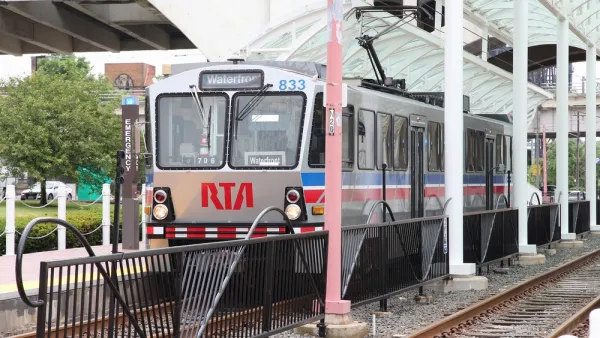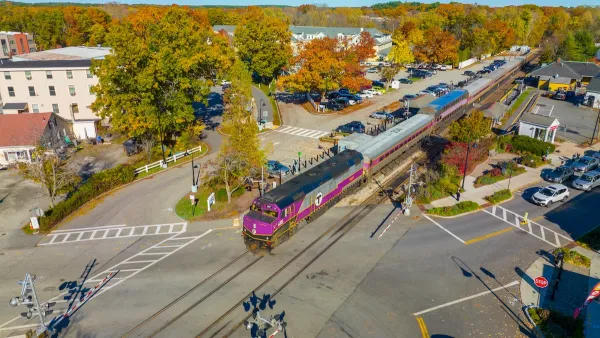Most college campuses in the United States are inherently walkable, mixing various uses with diverse housing options and transit networks.

In an article for the University of Washington’ The Daily, Nicole McMillan highlights how college campuses mirror the qualities that many urbanists value most in communities: mixed use, walkability, access to transit, and dense housing. Unfortunately, McMillan writes, “For many people, college is the first and only time they live within a walkable community.”
McMillan outlines the—to urbanists—well-known history of car dependence, massive highway projects, and urban renewal in the United States, as well as the unique qualities of college life that make campuses ideal social communities.
For McMillan, this points to the fact that “When areas prioritize pedestrians in their infrastructure, the result is a happier and healthier population.” Campuses also offer a higher-than-average number of ‘third places,’ the spaces between home and school or work that allow people to relax, meet, socialize, and have random interactions.
To maintain the communal college atmosphere after graduation, McMillan recommends continuing to seek out your own third places, those where you’ll meet people who challenge your existing perspectives and help you grow.
FULL STORY: Escaping the suburban sprawl: what college campuses teach us about walkable communities

National Parks Layoffs Will Cause Communities to Lose Billions
Thousands of essential park workers were laid off this week, just before the busy spring break season.

Retro-silient?: America’s First “Eco-burb,” The Woodlands Turns 50
A master-planned community north of Houston offers lessons on green infrastructure and resilient design, but falls short of its founder’s lofty affordability and walkability goals.

Delivering for America Plan Will Downgrade Mail Service in at Least 49.5 Percent of Zip Codes
Republican and Democrat lawmakers criticize the plan for its disproportionate negative impact on rural communities.

Test News Post 1
This is a summary

Test News Headline 46
Test for the image on the front page.

Balancing Bombs and Butterflies: How the National Guard Protects a Rare Species
The National Guard at Fort Indiantown Gap uses GIS technology and land management strategies to balance military training with conservation efforts, ensuring the survival of the rare eastern regal fritillary butterfly.
Urban Design for Planners 1: Software Tools
This six-course series explores essential urban design concepts using open source software and equips planners with the tools they need to participate fully in the urban design process.
Planning for Universal Design
Learn the tools for implementing Universal Design in planning regulations.
EMC Planning Group, Inc.
Planetizen
Planetizen
Mpact (formerly Rail~Volution)
Great Falls Development Authority, Inc.
HUDs Office of Policy Development and Research
NYU Wagner Graduate School of Public Service





























